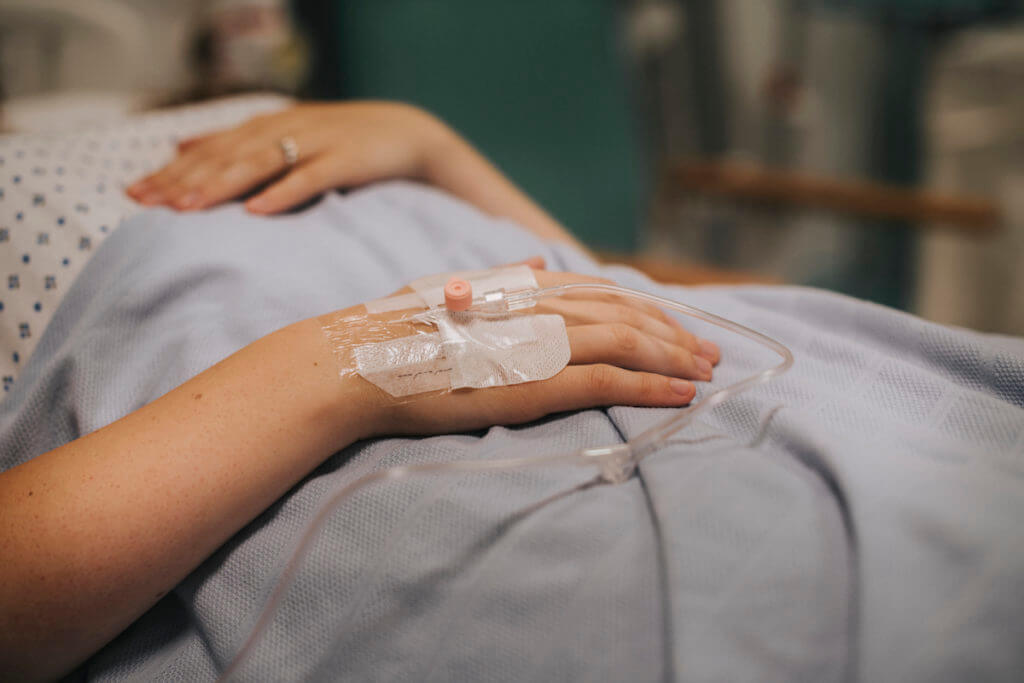Recommendations for the use of vascular access in the COVID-19 patients: an Italian perspective
Background During the COVID-19 pandemic, a group of experts from the Italian association GAVeCeLT (Gruppo Accessi Venosi Centrali a Lungo Termine) has formulated a few recommendations for the selection, insertion, and main- tenance of the venous access devices, designed to protect the operator, to ensure the effectiveness of the maneu- ver, to reduce the risk […]

